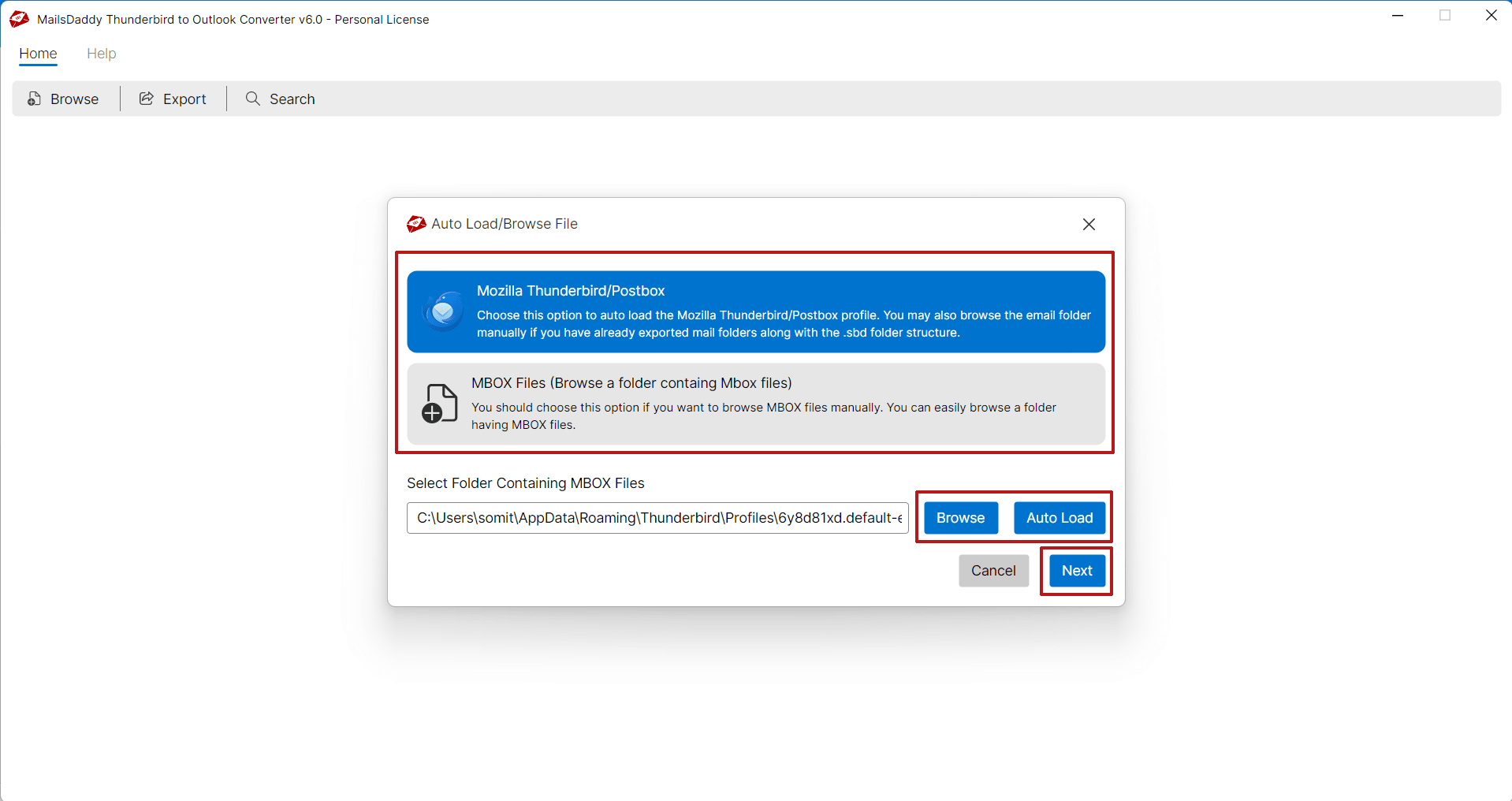Tiny adjustments in bench that made a big difference in workouts
2
0
·
2025/07/17
·
6 mins read
☕
WriterShelf™ is a unique multiple pen name blogging and forum platform. Protect relationships and your privacy. Take your writing in new directions. ** Join WriterShelf**
WriterShelf™ is an open writing platform. The views, information and opinions in this article are those of the author.
Article info
Categories:
⟩
⟩
Tags:
Total: 1288 words
Like
or Dislike
More from this author
More to explore









Sometimes, it’s the smallest tweaks that flip your entire workout game on its head. You know the feeling—dragging yourself into the gym, doing the same bench press routine, week after week. Plate-loaded. Flat bench. Maybe a slight incline if you’re feeling experimental.
But what if I told you that minor bench adjustments, not a complete overhaul, can change everything? Especially here in the UK, where garage gyms are tight on space and commercial gyms are always packed, getting more out of your setup without extra equipment is pure gold. Let’s break it down.
The Day I Noticed the Difference
It wasn’t a major gym breakthrough or some fancy piece of kit that changed things. It was literally raising the bench angle by just 15 degrees. That small shift felt weird at first. I was used to the usual flat position. But that minor tilt? It hit my upper chest harder than ever before.
I didn’t even have to increase the weight. The muscle engagement just felt sharper. Like my body had finally woken up to what it had been missing. Since then, I’ve been hooked on micro-adjustments. Here’s what I’ve discovered.
Micro-Tweaks That Matter
We’re talking small changes here—angle tweaks, seat position shifts, back support adjustments. Nothing extreme. But the impact on form, range of motion, and muscle activation? Massive. Here are a few tweaks that made all the difference.
1. Slight Inclines Target Different Zones
Even the most basic adjustable models let you set the backrest to various degrees. From 15° to 75°—every notch shifts muscle focus.
15–30°: Upper chest focus with minimal shoulder strain.
45°: Shoulder-heavy but still chest-supportive.
75°: Practically an overhead press setup.
I found that sweet spot at around 28°. My shoulders didn’t scream, and my pecs burned the right way.
2. Narrowing the Seat Position for Core Engagement
Most people ignore the seat. But changing its tilt, even slightly, forces better bracing. I angled mine down just a touch—maybe 10° forward. Suddenly, my core had to work overtime. It helped me stabilise the press. Less arching, better balance. Great if you’re into compound movement efficiency or want to support a bad lower back.
3. Using Bands for Resistance Variability
Not directly a bench tweak, but worth mentioning. Attaching resistance bands underneath the bench frame changed how the entire set felt. The tension increased at the top of the lift, which helped with lockout strength. I paired this with a medium incline. Felt like new muscles were getting invited to the party.
4. Adjusting Foot Placement with Bench Height
One thing often overlooked? Footwork. Some benches sit too high. Especially for people under 5’8”, your feet dangle, messing with your drive. I started placing small blocks under my feet to mimic a shorter bench height. That tiny shift improved my leg drive, helped me generate force, and stabilised my back. A simple fix, but a game-changer.
5. Compact Design Helped with Frequency
This one’s more practical than technical. But it matters. A mate recommended a compact adjustable bench that folded and fit neatly beside the wardrobe. At first, I thought it was just a space-saver. But it actually helped me train more. Being able to set it up in seconds in the spare room meant fewer excuses. Didn’t matter if it was raining, cold, or I’d missed the gym window. And because it adjusted to precise angles, my workouts weren’t compromised. Even quick sessions hit right.
The UK-Sized Problem: Space and Silence
Let’s face it. Most UK homes aren’t exactly designed for full-on gym setups. We’ve got tiny garages, low ceilings, and usually one annoyed neighbour below. So having a bench that adjusts quietly, stores easily, and doesn’t make a racket when moved? Huge win.That’s why I made the switch to a weight lifting bench folding model. Mid-range, solid structure, silent hinges. It ticked all the boxes. What I didn’t expect was how easy it made consistency. One quick move and I had my living room turned into a full chest day zone.
Why These Adjustments Work (According to Science)
Let’s get a little technical—but not too much.
Changing the angle of your press affects which muscle fibres are activated. According to EMG studies:
Flat presses hit the sternal head of the pecs
Inclines bring in more clavicular fibres (upper chest)
Declines shift focus to the lower pecs
So, when you tweak angles—even slightly—you’re shifting tension to different zones. That prevents plateaus and improves muscle symmetry. Also, adjusting back support and foot placement reduces energy leaks. You spend more strength on the lift itself, not stabilising.
This is crucial for injury prevention. Especially if you’ve got a dodgy shoulder or lower back (like many of us over 30).
Real Talk: My Bench Went from Meh to Wow
Before these tweaks, my bench routine was boring. Heavy Mondays. Maybe another chest day on Thursday. Same sets. Same reps.
After these small changes, I felt:
More muscle engagement
Better joint health
Faster progress (without heavier loads)
Fewer skipped sessions
And I’m not a pro athlete. I’m just a guy in South London trying to stay fit between work, family, and weekend pints.
How to Start Tweaking Your Setup
If you're reading this thinking, “I’m not techy—I don’t want to overthink things,” don’t worry.
Here’s a simple way to start experimenting.
Log your current setup – flat bench, what angle you normally use, foot placement.
Try one change per week – Adjust angle, shift seat tilt, use a band, or change grip width.
Record how it feels – More activation? Less pain? Easier recovery?
Stick to what works – Not everything will suit you. That’s the point. Discover your personal sweet spots.
UK Brands That Offer Smart Options
Not a sales pitch, but since we’re keeping it local—there are some solid UK brands offering benches that make these tweaks easier.
Mirafit – Budget-friendly with decent adjustability
Wolverson Fitness – A bit pricier, but very sturdy
Primal Strength – Great for small home gyms, folds down tight
Look for ones with multiple incline positions, padded seats, and solid frame joints. The extras really matter when you’re using them often.
Why Tiny Beats Trendy
Everyone’s looking for the next big gym hack. New routines, crazy supplements, Instagram-worthy programs. But real progress often comes from the small, overlooked details. A slight backrest angle. A firmer seat pad. A better foot stance. These things don’t get flashy YouTube thumbnails—but they work. So before you drop cash on another gimmick, check your setup. Tiny adjustments, big rewards.
Final Thoughts: Make Your Bench Work for You
The best workout isn’t the one everyone else is doing. It’s the one your body responds to. And your bench isn’t just a passive piece of metal. When adjusted with intention, it becomes a precision tool. Whether you're working out in a cramped flat in Manchester or a converted shed in Brighton, your bench can be your most versatile asset. Make it work smarter. Make it work better. Tiny tweaks. Massive difference.
FAQs
Q: How do I know if my bench is adjustable enough?
Check for at least 4–6 backrest positions and 2 seat positions. The more variety, the better.
Q: Can beginners benefit from these adjustments?
Absolutely. Learning proper muscle activation early can prevent bad habits down the line.
Q: Do I need a new bench to make these tweaks?
Not always. Use towels, yoga blocks, or foot risers to simulate angles and changes before investing.
Q: Are folding benches as durable as regular ones?
Quality matters. Many folding benches now rival traditional ones in strength if you stick to reputable UK brands.
Q: How often should I change bench angles in workouts?
Mix it up every 1–2 weeks. Your body adapts fast—keep challenging it.